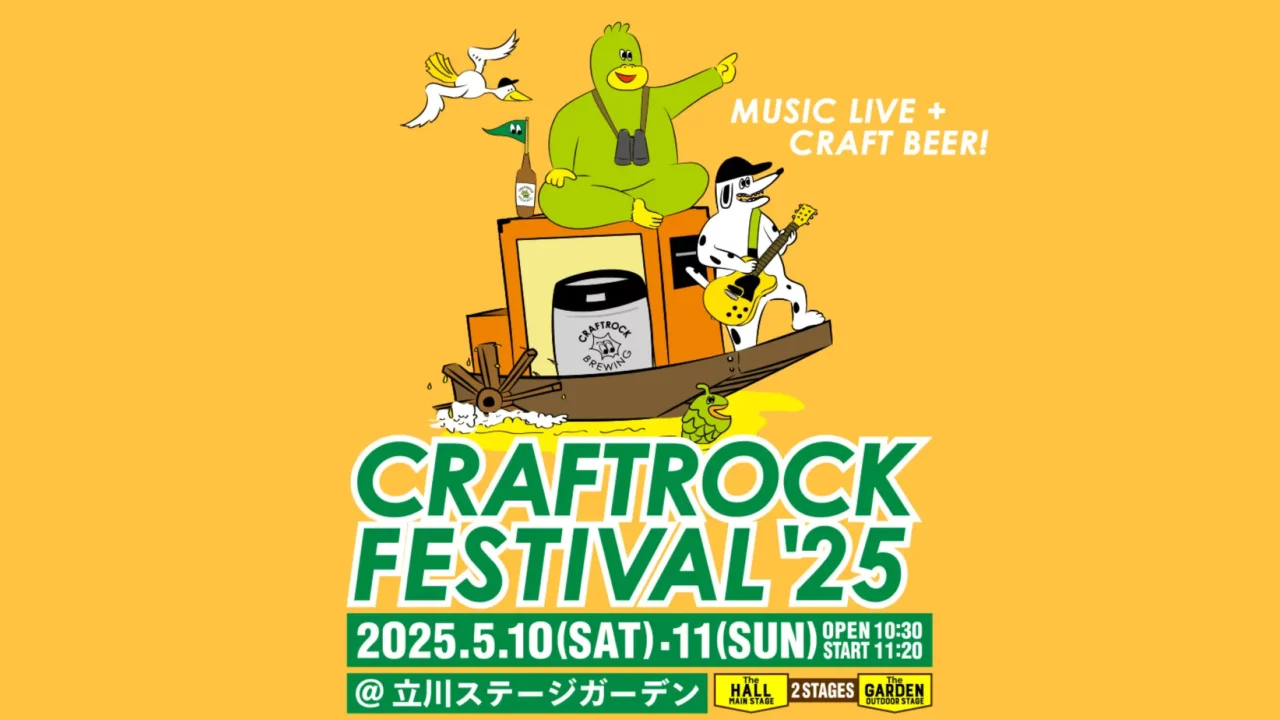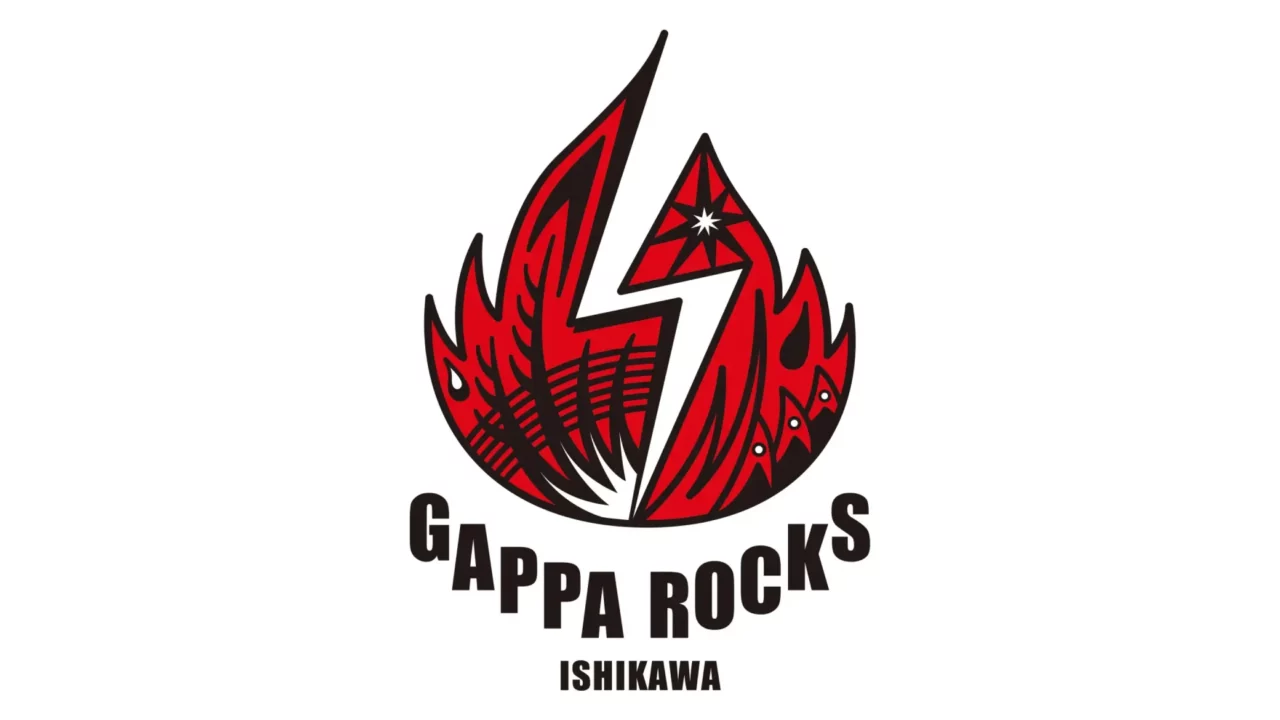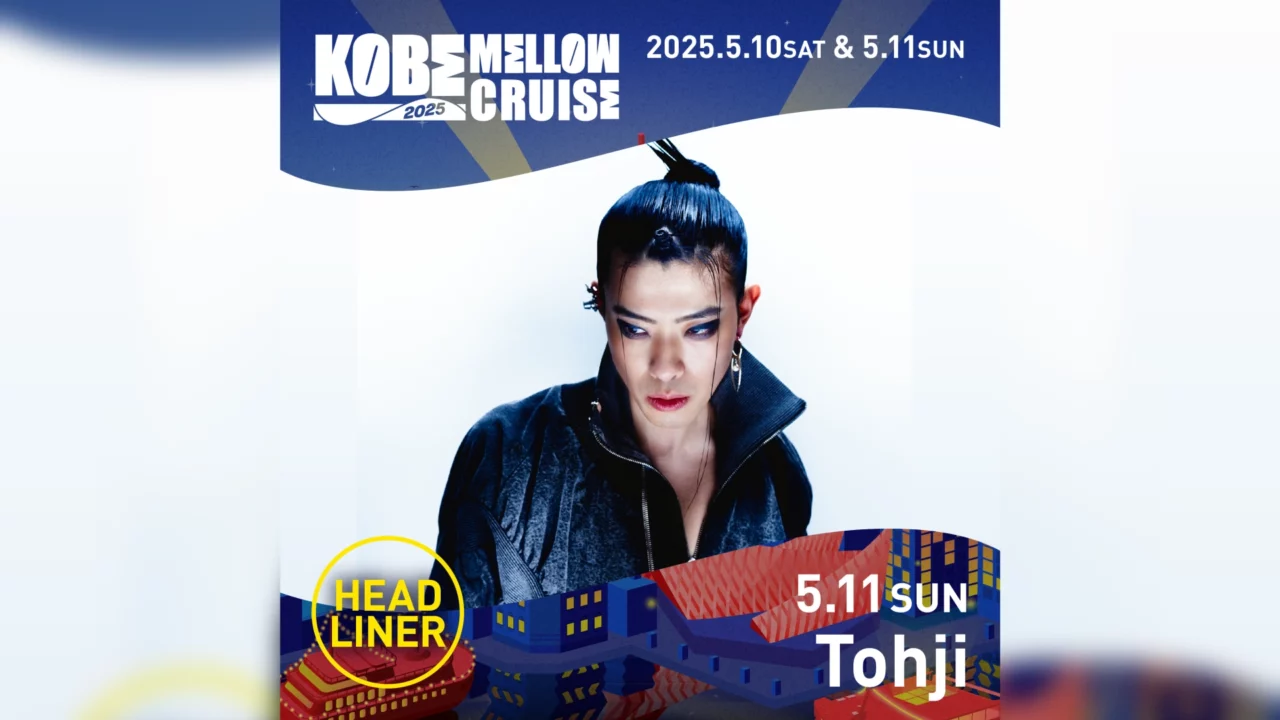A circle of friends connected by gootouchi! The “FIST BUMP” corner of the radio program “GRAND MARQUEE” features people who live and enjoy Tokyo in a relay format.
On September 27, animator Sushio-san introduced “Katsuhiro Otomo researcher” Junya Suzuki. We asked him why he chose the manga artist Katsuhiro Otomo as his research subject and what he enjoys about his research.
INDEX
I buy anything with the words “Katsuhiro Otomo” on it.
Celeina (MC): Let me start with a profile. Junya Suzuki first encountered Otomo manga in 1987 and established the Otomo Katsuhiro Database website in 2000. Mr. Otomo learned that Mr. Suzuki had created a comprehensive list of items related to Otomo’s works, and since they met at an exhibition of Katsuhiro Otomo’s original drawings in 2012, Mr. Suzuki has been providing explanations of books and providing materials.
Since 2016, he has held talk events and other events related to Katsuhiro Otomo manga, and from 2023, he is publishing a series of self-published booklets explaining each volume of the complete Katsuhiro Otomo manga collection. He also studies the Canadian rock band RUSH and molecular biology.
Takano (MC): I understand that you have been recognized by Mr. Otomo.
Suzuki: He had been looking at the website I had been creating since around 2000, and he recognized me as someone who was doing something like this. When I later became acquainted with him, I was like, “So you are the one who made that”.
Takano: How did you feel when you actually met Mr. Otomo?
Suzuki: I had a lot of questions I wanted to ask him, so I thought I could finally ask him now.
Celeina: How did Mr.Otomo become your research subject?
Suzuki: I fell in love with Otomo’s manga at the end of the 1980s. My house was in Toshima-ku, and there were many used bookstores and other places that sold rare items around me. So I was able to buy works that were not included in the book, and gradually my collection of works began to grow. When the Internet boom took off, there were many websites, but I wasn’t satisfied with any of them, so I started creating my own.
Takano: What kind of specific research do you do?
Suzuki: As a standard, I make it a rule to buy any printed material that has “Katsuhiro Otomo” in it. I collect data such as critiques, interviews, comments, and event records.
Takano: I saw the pictures of your home, and your bookshelves are amazing.
Suzuki: It is more of a file cabinet than a bookshelf. There are 30 volumes of clippings filed in chronological order in binders, and another 20 volumes of manga, so there are about 70 files in total.


Celeina: It’s a home and archive.
INDEX
I want to create a periodic table of the world of manga.
Takano: I heard that you are researching what is happening on a factual basis, not a criticism. What does this mean?
Suzuki: I want to clarify how the work was created by summarizing what happened and who was involved in the creation of the work.I hope that I can understand this and comment on it.
Takano: It is treated only as objective data, and it is very academic.
Suzuki: Research on manga is being done at universities and other institutions, but I don’t think the basic data is complete. I would like to fill in data that can serve as a foundation for the world of manga, like the periodic table in science.
Takano: How many volumes of “AKIRA” do you have?
Suzuki: Fifteen volumes. The first volume of “AKIRA” was published in 1984, and it is now in its 105th printing. Each time there is a new printing, the colors are changed without the author’s intention, so I check them.
Takano: Why are you checking for color changes?
Suzuki: Mr. Otomo is the one who wants to control the printed material. First editions are published with the colors that Otomo-san checked, but with each successive printing, the colors shift slightly, so I check them.
Celeina:What are the latest results of your research?
Suzuki:Last year, “The Complete Works of Katsuhiro Otomo” was released, and currently there are about 10 volumes. We are using the data we have collected to compile information that is not included in the postscripts, and are releasing a commentary book like a supplementary reader for each volume of the complete collection.
Takano: The quality is such that it is hard to believe that it was made by an individual.
Celeina: I feel the love.
Takano: Now, I would like to send one song here. I asked Mr. Suzuki to choose a song that he would like everyone to listen to together on the radio at this time. What song would you like to hear?
Suzuki: It’s called “Animate” by RUSH, and it’s the first song on the album “Animate” that RUSH released in 1993, influenced by the grunge boom.





















